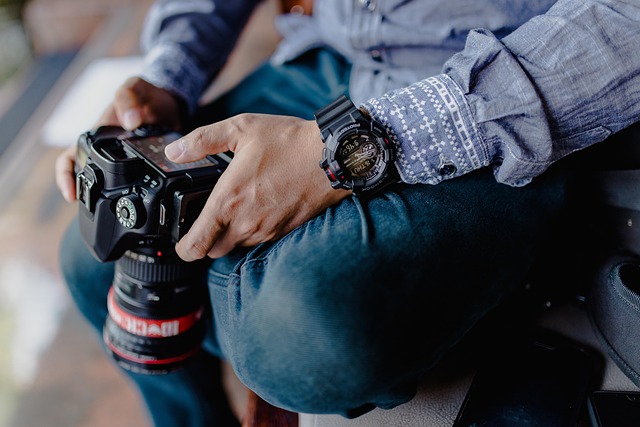In the world of photography, mastering the art of manual focus is akin to discovering a new dimension in creativity. While modern cameras offer an array of automated settings, relying solely on these features can sometimes restrain the true essence of your photographic vision. Embracing manual focus not only provides you with control over your optics but also elevates your overall photographic experience.
Consider the moments you’ve captured through your lens—the laughter of a loved one, the gentle sway of a flower in the breeze. Each of these fleeting images encapsulates emotion, a story, and a unique perspective. When we shift our focus to manual settings, we engage with our subjects in a more intimate way. The tactile sensation of adjusting the lens, feeling the soft resistance as you fine-tune your composition, creates a richer connection to the images you create.
Manual focus is particularly beneficial in challenging lighting conditions or when photographing intricate details. For instance, when shooting macro photography of insects or the delicate petals of a flower, automatic focus can struggle to lock onto your subject, often choosing unintended elements in the frame. Here, your expertise in manual focus allows you to pinpoint the exact focal point, capturing textures and nuances that automated settings might miss.
Moreover, using manual focus teaches you about depth of field (DoF) and how it can dramatically alter the mood of your photo. By adjusting your focus manually, you can decide what elements in your image stand out clearly and what remains soft and dreamy. This control opens a variety of artistic possibilities, allowing you to compose your shots with intention.
One of the best ways to become proficient in manual focus is to practice regularly. Head out into nature and spend time observing various subjects—trees, waterscapes, or urban architecture. Use your camera’s live view feature, if available, as it often provides a clearer view of the focus point, making it easier to learn and refine your skills. Slowly begin to challenge yourself with movement—capture a bustling city street or a wavering branch, and learn how to anticipate focus adjustments during these dynamic moments.
As you progress, you’ll likely find that your relationship with your camera evolves. You’ll start to see the world in frames, weighing light, shadow, and color far more critically than before. This heightened awareness enhances not just the technical aspect of your photography but also the artistic one. Every shot becomes a deliberate choice, a part of your narrative.
Incorporating manual focus into your photography practice not only hones your skills but also fosters a deeper appreciation of the craft. It’s an invitation to slow down, to immerse yourself in your surroundings, and capture the beauty that often goes unnoticed in the blur of automation. So, take the leap—explore the world of manual focus, and watch as your photography transforms into a powerful means of expression. Whether you’re a novice capturing your first images or a seasoned photographer looking to refine your craft, manual focus can be your gateway to a more enriched photographic experience.



